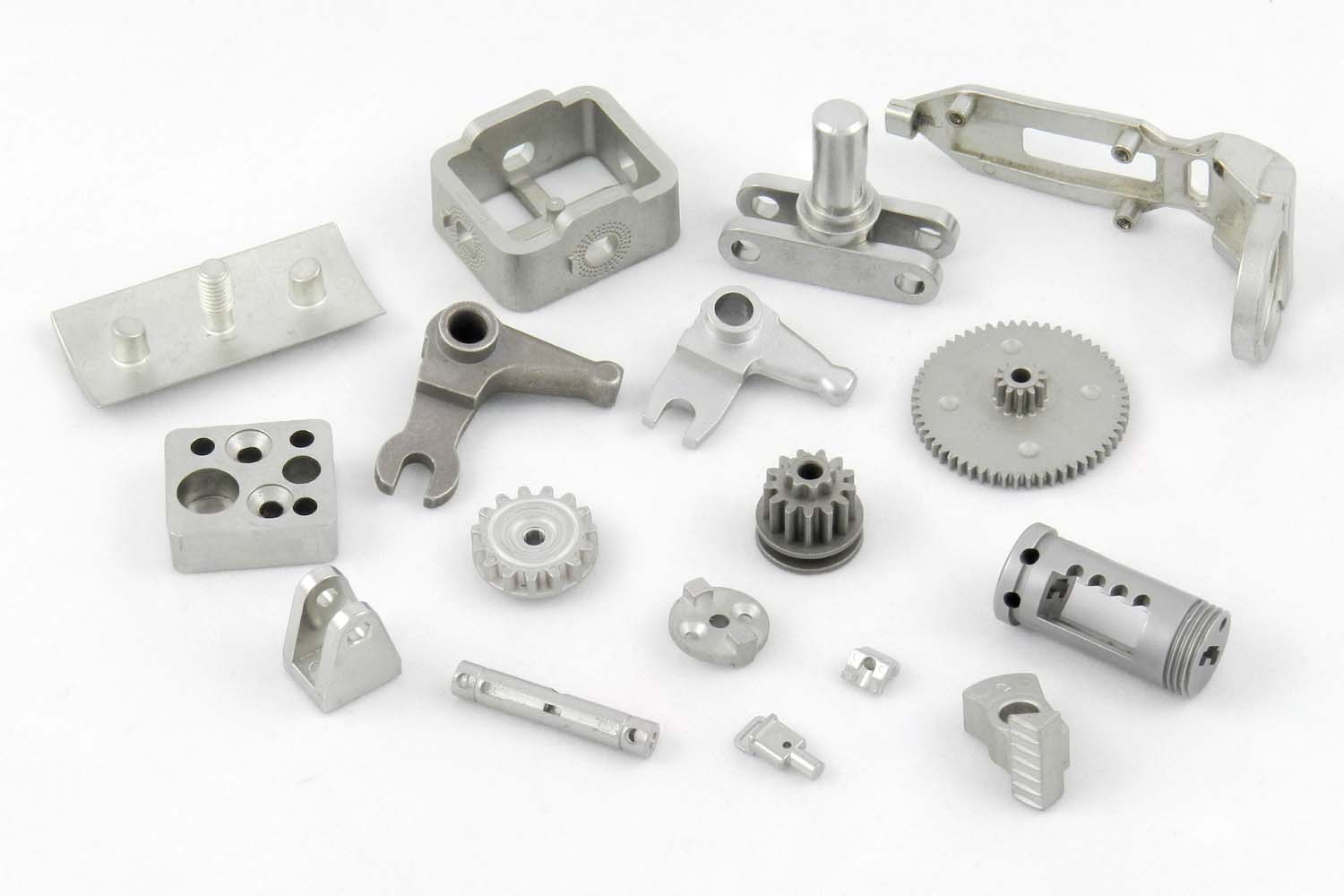Metal Injection Molding (MIM) offers design flexibility for intricate metal components that would be difficult to create using traditional machining techniques. This process also allows for a high level of material utilization, which reduces costs and production time.
MIM parts are made with a variety of strong metal alloys, including those that can be hardened to improve strength and wear resistance. Additionally, the MIM process can produce complex shapes in a single production step.
Medical Devices
MIM parts are able to achieve complex shapes in small sizes that cannot be efficiently produced by other fabrication methods. As a result, medical device engineers can meet the demand for high-precision, low-profile components with tight tolerances.
MIM allows manufacturers to produce a wide range of alloys, including 316-series stainless steel—which is ideal for use in medical instruments and devices. The manufacturing process also supports a variety of other alloys that are FDA-approved and have a documented track record for biocompatibility.
During the MIM production process, part geometry and alloy selection play a significant role in overall cost. For example, sharp corners can create a challenge because of shear forces that limit material flow and air entrapment. The best MIM designs rely on radius corners to reduce these effects. Additionally, MIM parts with drastically varying wall thicknesses may require different tooling to ensure even sintering and avoid distortion. These factors can significantly impact lead times to qualification.
Automotive
In the automotive industry, MIM parts are used in a variety of applications. They are particularly well suited for small and complex components that have limited tolerances and require precise geometries. MIM parts can be produced with greater consistency than those made using die casting, PM, and machining techniques.
MIM parts can be manufactured from a wide range of metals, including titanium, nickel alloys, and tungsten. They can also be made to be resistant to corrosion and wear, which is important for automotive applications. Additionally, MIM parts can be consolidated into one part rather than several different ones, which can reduce weight and cost.
Unlike wrought parts, which must be heat treated to achieve a desired hardness, MIM parts can be engineered to have the correct hardness at all points of their structure. As a result, MIM parts can be finished without the need for secondary operations, which can further reduce costs and manufacturing time.
Aerospace
MIM can produce parts that have tight tolerances (generally +-0.3% of a nominal dimension). This level of precision allows for the production of components that would be expensive or impossible to manufacture through other means.
MIM parts can be used in a variety of aerospace applications. They are particularly well-suited for producing the intricate metal casings and internal mechanisms that make up high-end smartphone devices. This requires a high level of precision and the use of durable materials that can withstand extreme temperatures and pressures.
These types of parts can be produced using MIM in a variety of metal alloys. These include low-alloy steels, tool steels, and a wide range of non-ferrous metals. MIM parts can also be heat treated to achieve high hardness and toughness, a requirement that is necessary for aerospace applications.
Consumer Electronics
MIM parts are ideal for consumer electronics because of their ability to support complex geometries with stringent dimensional control. They also don’t have to be heat treated, which can save significant money and time as well as reduce the risk of corrosion.
MIM can also produce parts with tight tolerances, allowing for precise and repeatable mechanical properties. The process utilizes a controlled feedstock that is highly consistent in composition and particle size, reducing variability and ensuring the part meets its design specifications. MIM parts can be tested for tensile strength and yield strength, as well as for hardness using techniques such as X-ray fluorescence and optical emission spectrometry.
One of the most critical factors when it comes to producing high-quality MIM parts is the mold. Engineers need to carefully consider the cavity’s geometry and ensure it can deliver the desired results, including a uniform fill and accurate dimensions. Proper engineering of the mold can help to minimize shrinkage and other issues that can impact the final quality of a MIM part.

